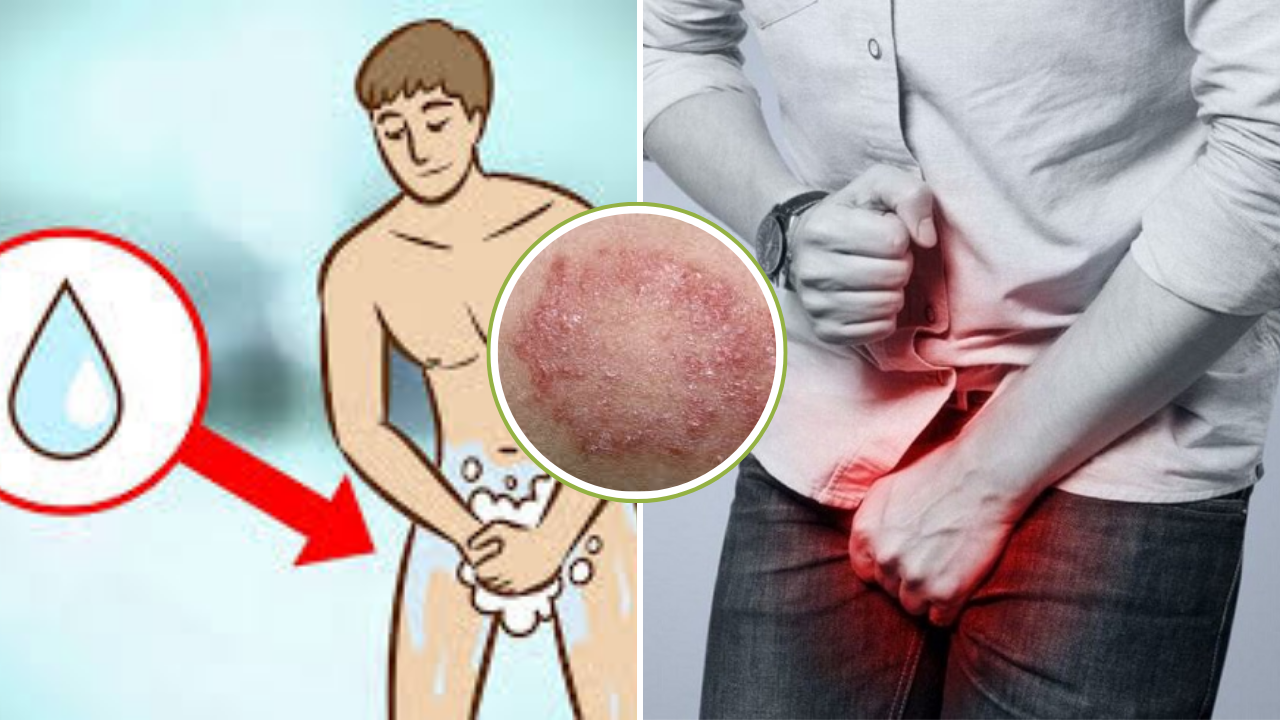Officials are raising the alarm over a highly contagious fungal infection that is increasingly spreading through sex.
Doctors wrote in a CDC report last week that ringworm, a common mold-like parasite that lives on the body, is now being found in people after sexual contact.
The report detailed four cases in New York City detected between April and July 2024 – an increase from just one case recorded in June. 
The male patients – who all had sex with multiple men in recent weeks – had itchy rashes on their buttocks, groins, abdomen and, in one case, on the corner of a patient’s mouth.
Tests showed they had been infected with trichophyton mentagrophytes type VII (TMVII), which infests the skin and is spread via physical contact.
The condition can be extremely hard to cure, often taking more than a month to treat and with patients required to take multiple medications and therapies.
It’s not fatal, but can leave people with permanent scarring or pigmentation on areas of the skin that were infected.
The first patient case study in June stated that while ringworm has been observed on the groin before, it was the first instance in which it had been transmitted to the area through sexual contact.
Identified as patient A in the case report, this man reported having sex with patient D in the case report, who was a sex worker
Patient B (pictured above) reported no contact with someone who knowingly had the condition, but did recently travel to Europe, where cases have been on the rise
In last week’s report, the doctors called it an ’emerging infection spread through sex.’
TMVII can infect the skin, hair, nails and groin or anal area. It can also be spread through contaminated surfaces like shower stalls or shared barber clippers.
However, the New York researchers warned the rashes experienced by people infected with this type of ringworm may present differently than the more common ringworm and could be mistaken for eczema, leaving patients without relief for months.
Read More
The patients, identified by letters A-D, were all gay or bisexual men in their 30s, who had recently had multiple male sexual partners.
Patients A and D reported sexual contact with each and patient D was identified as a sex worker.
Patients B and C reported no known contact with a partner who had the condition, but patient B had recently traveled to Europe, which has been recording an increase in infections.
Those patients also had HIV, while patient D had a history of cancer.
One man suffered a rash on his buttocks, while a second had an itchy rash that covered his knee, trunk, arm and penile shaft.
A third reported a rash on his knee, buttocks and groin, and a fourth said he had an itchy rash on the side of his mouth.
Each was eventually successfully treated with antifungals, although in one case it did take up to eight weeks for the rash to begin to improve.
Patient D (pictured above) was identified as a sex worker who had contact with patient A
The cases follow June’s report of a New York City man diagnosed with TMVII.
The patient, also a gay or bisexual man in his 30s, suffered from a rash on his penis, thighs and buttocks after having multiple male sexual partners in the weeks prior.
Lead author Dr Avrom Caplan, reporting the infection at the time and a professor at NYU’s School of Medicine, said: ‘Healthcare providers should be aware that Trichophyton mentagrophytes type VII is the latest in a group of severe skin infections to have now reached the United States.’
The June patient reported recent travel to England and Greece where he said had sex with multiple men.
Study senior author Dr John Zampella, also a professor at NYU’s school of medicine, said: ‘Since patients are often reluctant to discuss genital problems, physicians need to directly ask about rashes around the groin and buttocks, especially for those who are sexually active, have recently traveled abroad and report itchy areas elsewhere on the body.’
The man was initially given an antifungal medication for four weeks but did not see improvement and was then put on a six-week course of another antifungal.
However, ‘due to persistent infection,’ he was put on a third antifungal for several more weeks until the rash cleared.
Following the case report, the NYU researchers alerted the New York State Department of Health and plan on partnering with leading fungi experts across the globe to expand research efforts on newer fungal conditions and track emerging cases.

